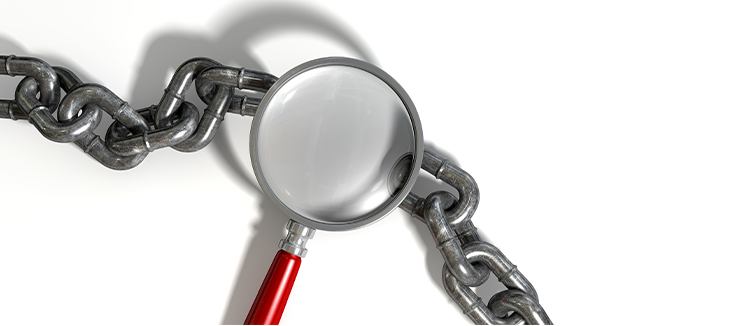When employing high-level disinfectants (HLDs), it is important to remember that these harsh HLDs, release harmful fumes into the air. These vapors can be quite strong and, if healthcare professionals are exposed for long, can have serious effects on the health of medical professionals who are exposed (link to Dangers of Occupational Exposure). The methods for handling HLD fumes depend on if you're manually reprocessing transesophageal echocardiogram (TEE) probes or if you're employing an automated disinfector to get the job done.
If you will be reprocessing TEE probes manually, the requirements for ventilation are pretty strict and are regulated by the American National Standards Institute (ANSI) and Association for the Advancement of Medical Instrumentation (AAMI) which provide guidelines for the selection and use of HLDs in ANSI/AAMI ST 58. According to the Joint Commission, the guidelines include the following:
- -Chemical sterilants should be used in an area that is properly ventilated
- -When general room ventilation is not adequate, a self-contained, freestanding system or a local exhaust hood should be installed to capture chemical vapor during processing
- -When an outside exhaust system is not available, a ductless fume hood can be used to deliver vapor to a filter system that chemically inactivates the vapor; then clean, filtered air is returned to the room.
- -Filters for these systems should be replaced in accordance with the manufacturer's recommendations.
If, however, you are using an automated system with an air filter to reprocess probes, the requirements for ventilation may vary. It is important to be sure that the filter in your automated system is designed to neutralize fumes produced by HLDs and not simply designed for vapor reduction. Units like the TD-100 are fitted with activated bonded carbon filters which eliminate exposure to harmful vapors, essentially functioning like a ductless hood. The way activated carbon filters work is through adsorption, a process by which pollutant molecules and other impurities are chemically bound, ensuring clean air.
Ensure that your facility is doing its part to effectively remove or neutralize vapors associated with HLDs. Keeping healthcare workers protected from these fumes, especially workers who have low tolerance to such chemicals, is key to running a safe and productive facility.


